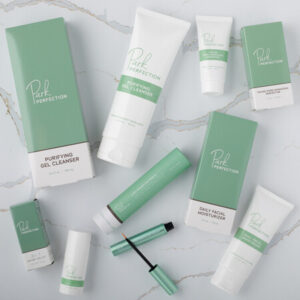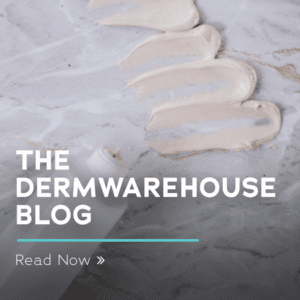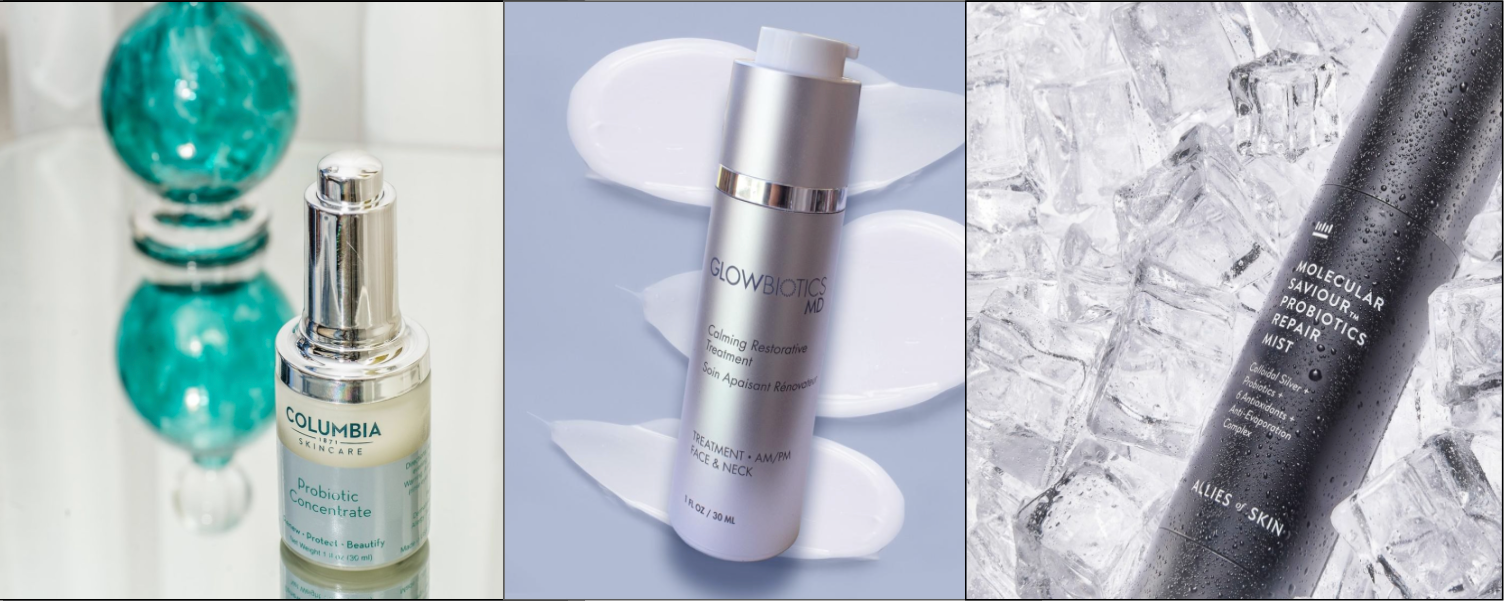If you ever took chemistry in high school, you’ve likely heard of pH- mainly that it’s a measure of how acidic or basic something is. Basically, it measures if something is balanced or not. There’s a pH scale, going from 1 to 6 as acidic, 7 as neutral, and 8-14 as alkaline. It’s also become a topic of interest in the skincare and wellness world, with new products and ingredients claiming to balance the pH of your skin. But, what does it mean to balance the pH of your skin? Your skin’s pH is normal at a level of around 5.5, which is considered acidic. The pH of your skin comes from the acid mantle, which is basically the thin film on the outer layer of your skin that helps to keep out bad bacteria. It also helps to keep the microbiome of your skin stable and balanced. When the pH of your skin is off, it damages the acid barrier, which can cause the skin to become red, inflamed, itchy, or painful. When your skin is too alkaline, your skin will be red and flaky, while if it’s too acidic, you could increase your chances of developing skin conditions like acne or eczema. Like many parts of your body, there is a small window where the skin is perfectly balanced. When it falls out of wack, you’ll likely see and feel the effects on your skin.
How can I tell if my pH is off?
Have you noticed that your skin is feeling particularly dry, itchy, and irritated? Does it appear more red or inflamed than usual? Or is it overly oily, more than it normally is? These are all signs that your skin’s pH could be unbalanced. When the pH is off, it throws off the skin’s natural processes, it causes inflammation, making the skin too dry or too oily.
What causes the pH of your skin to become unbalanced?
Oftentimes, certain ingredients that you’re using in your skincare routine can cause the pH of your skin to go out of wack. You might also be scrubbing too hard or using too much force on your skin, or even using water that’s a little too hot for comfort. When you use harsh ingredients like drying alcohols, rub your skin too hard, or even soak in hot water, you’re damaging the outer layer of your skin, which causes your pH to become unbalanced and causes it to become inflamed and irritated.
How can you repair or balance your pH levels in the skin?
![]() The first thing to do is to avoid using harsh ingredients on your skin and using abrasive techniques. If your skin is particularly sensitive, ingredients like drying alcohols, essential oils, or sulfates can throw the skin off its balance. It may be best to go back to the basics for a couple of weeks until your skin begins to heal by using a gentle cleanser, moisturizer, and sunscreen. Restoring the state of balance in your skin also often starts from within- this includes eating a balanced diet and taking care of your overall health. But when it comes to your skin specifically, there are things you can do to help rebalance the pH and restore your skin to a healthy and balanced state. First off, it’s important to be gentle with your skin. Don’t scrub it aggressively or pick at spots- no matter how frustrating it gets. Your skin is your body’s largest organ, and just like you wouldn’t aggressively scrub your body’s internal organs, you shouldn’t be hard on your skin either! You can also balance your skin by using products that contain probiotics, as they help to restore the natural flora and fauna of the skin, aka the good bacteria. Some of our favorites include the Glowbiotics MD Calming Restorative Treatment, the Allies of Skin Molecular Saviour Probiotics Treatment Mist, and the Columbia Skincare Probiotic Concentrate. Each of these products use probiotics to calm, balance, and restore your skin to its healthiest form without causing irritation.
The first thing to do is to avoid using harsh ingredients on your skin and using abrasive techniques. If your skin is particularly sensitive, ingredients like drying alcohols, essential oils, or sulfates can throw the skin off its balance. It may be best to go back to the basics for a couple of weeks until your skin begins to heal by using a gentle cleanser, moisturizer, and sunscreen. Restoring the state of balance in your skin also often starts from within- this includes eating a balanced diet and taking care of your overall health. But when it comes to your skin specifically, there are things you can do to help rebalance the pH and restore your skin to a healthy and balanced state. First off, it’s important to be gentle with your skin. Don’t scrub it aggressively or pick at spots- no matter how frustrating it gets. Your skin is your body’s largest organ, and just like you wouldn’t aggressively scrub your body’s internal organs, you shouldn’t be hard on your skin either! You can also balance your skin by using products that contain probiotics, as they help to restore the natural flora and fauna of the skin, aka the good bacteria. Some of our favorites include the Glowbiotics MD Calming Restorative Treatment, the Allies of Skin Molecular Saviour Probiotics Treatment Mist, and the Columbia Skincare Probiotic Concentrate. Each of these products use probiotics to calm, balance, and restore your skin to its healthiest form without causing irritation.
Just like with any other health issue, be sure to consult your dermatologist if your skin is feeling extra painful or irritated, or if these methods aren’t working for your skin.








